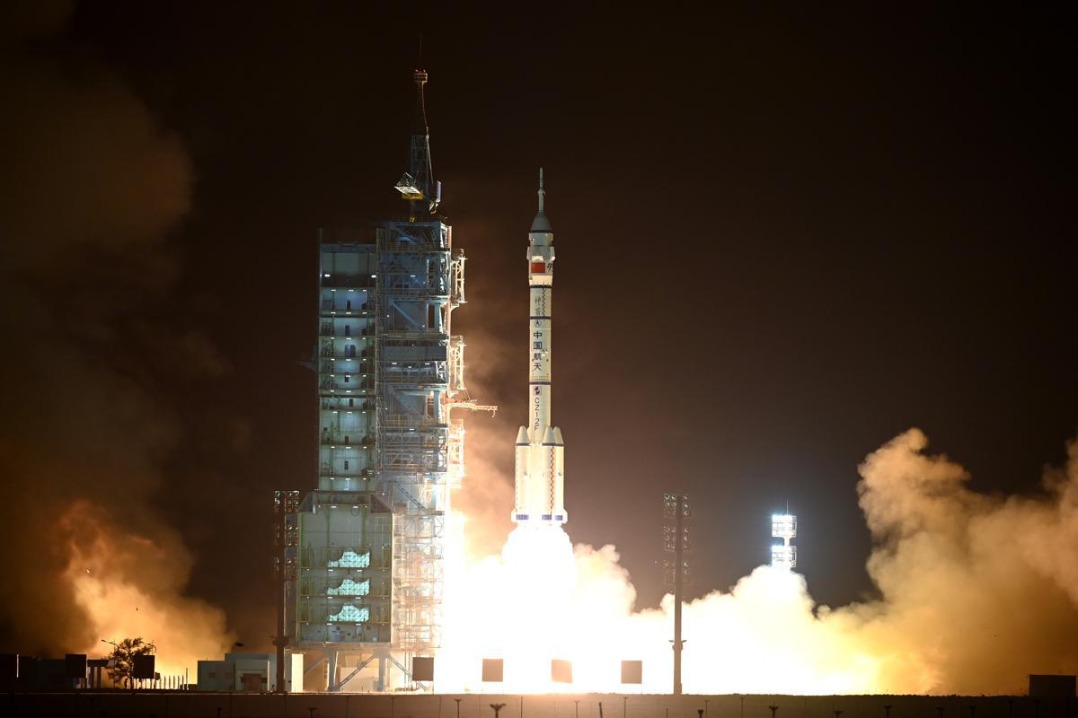Powering up Asia's sleeping tiger
By Bill Condon | chinawatch.cn | Updated: 2019-11-28 11:11
Myanmar is very strategically located. It borders major global powerhouses like China to its North and East and India to its West. It also borders Bangladesh, Laos and Thailand. The Republic of the Union of Myanmar has a coastline stretching some 2,000 kilometers along the Bay of Bengal and the Andaman Sea, and possesses abundant natural resources, on and offshore, which explains why over the centuries it was repeatedly invaded and faced civil wars and colonization. Today, sadly, Myanmar, with a population of around 54 million, remains the poorest economy in Southeast Asia.
But there's hope. The World Bank's "Myanmar Economic Monitor", published in June, suggests the country has been stabilizing since 2018 and economic forecasts appear positive. Growth is expected to reach 6.7 percent over the medium term. The government's decision to ease trade restrictions, including in major infrastructure projects, and open up the financial services sector to foreign competition supports this forecast.
However, foreign direct investment, one of the most important drivers of growth, has been insufficient, primarily because of external geopolitical pressures. Many private sector investors fear the threat of economic sanctions or damage to reputation following any investment activity there. The country is thus becoming a prisoner of international sentiments and its people are being deprived of economic opportunities. A degree of uncertainty also hinges on the general election late next year.
The year 2020 will also mark the 70th anniversary of the establishment of China-Myanmar diplomatic ties, a relationship based on mutual respect and cooperation. In 2011, then Myanmar president U Thein Sein paid a goodwill visit to Beijing, and in 2014 Chinese Premier Li Keqiang visited Myanmar's capital of Naypyidaw.
Myanmar State Counselor Aung San Suu Kyi visited Beijing in 2016, and again earlier this year to discuss areas of cooperation and common development with President Xi Jinping and other Chinese leaders. Myanmar has an important role to play in the Belt and Road Initiative, for which it has established a steering committee. The committee will oversee and support the China-Myanmar Economic Corridor.
One of the main factors holding back sustainable economic development in Myanmar is the absence of modern infrastructure. In recent years, China has led the way in foreign direct investment in Myanmar, focusing primarily on infrastructure projects and providing technical assistance. Figures from Myanmar's Directorate of Investment and Company Administration show China in second place in 2018-19, but it is likely to become the top investor next year.
The key to unlocking economic development and alleviating poverty in Myanmar is a modern and efficient power sector. Over the past 10 years, some progress has been made in developing the power sector and supplying more electricity to more people, but regular power cuts continue to plague the country. For many, particularly the industrial and commercial sectors, the only alternative is diesel-powered generators, which are costly to run and damaging to the environment.
The World Bank estimates that power consumption will grow by about 11 percent per annum over the next decade, a threefold increase over the current demand, eventually reaching 12.6 gigawatts.
To achieve this, Myanmar requires investments of around $2 billion per year to build new power plants, upgrade existing ones and install transmission lines.
The government's goal is to supply affordable and continuous power across the country by 2030. The main reason why the power-generating sector has not grown at a healthy pace is the low tariff rate, which does not cover production cost. And despite the Myanmar Ministry of Electricity and Energy approving a number of large-scale power plants running on liquefied natural gas at the beginning of last year, the thorny issue of tariff reform has not been addressed.
As a result, the projected loss to the Electric Power Generation Enterprise is close to $500 million this year. Until this matter is settled, which is unlikely to be before the general election next year, it will be difficult for the power sector to attract private sector investment and therefore difficult to move important projects forward.
Informed observers agree that by now Myanmar should have become an important economic driving force in the region. But sadly, it has not been able to take advantage of the opportunities.
The China-Myanmar Economic Corridor will play an increasingly important role in upgrading and developing infrastructure and thus propel common development. But for that, both countries need to do more. The Myanmar government urgently needs to develop social and economic strategies that can take the country on the path of healthy development and alleviate poverty so it can take on the mantle of an "Asian tiger economy".
The author is chairman of the Multitude Foundation. He is an entrepreneur and philanthropist living in Asia for almost 25 years and active in the LNG to power sector in Myanmar for two years.
The author contributed this article to China Watch exclusively. The views expressed do not necessarily reflect those of China Watch.
All rights reserved. Copying or sharing of any content for other than personal use is prohibited without prior written permission.
























